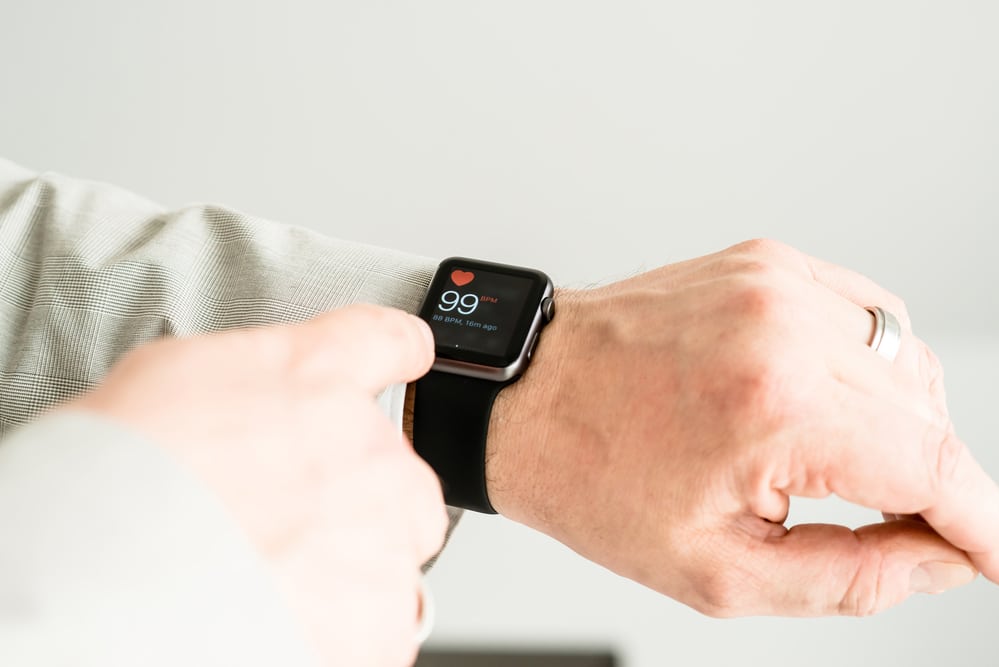 Do you keep track of your cardiovascular health? If not, it’s high time to start measuring your pulse while working out. Nowadays, staying on top of your heartbeat is surprisingly convenient due to the use of pulse monitoring devices in the form of wristwatches.
Do you keep track of your cardiovascular health? If not, it’s high time to start measuring your pulse while working out. Nowadays, staying on top of your heartbeat is surprisingly convenient due to the use of pulse monitoring devices in the form of wristwatches.
These smart devices are equipped with multiple useful features, such as target zones, digital clocks, calorie counters, calendars, digital interface, etc. Nowadays, there is a multitude of monitoring devices, such as pulse oximeters by Masimo, designed to monitor oxygen level, pulse rate, and respiration rate.
Here is everything you need to know about their types, features, and uses.
Types
Pulse monitoring devices are available in two main types; chest-strap and wrist-based models. The former are believed to provide more accurate results by sending data from the strap individuals wear on their chest to the receiver they wear on their wrists. Data is transferred with the help of a wireless sensor.
In contrast, the latter take the form of a wristwatch, using an optical sensor for pulse detection. These tracking devices can be worn all day round until they run out of battery. Even though the results these monitors provide are less accurate, they’re more convenient to wear while working out.
Features
Pulse monitoring devices differ when it comes to the number of features, ranging from basic to high-end models. Basic heart rate monitors show data in the form of high and low heart rate, whereas high-tech models come with a myriad of useful features.
As far as target zones are concerned, basic pulse monitoring devices provide users with a maximum of three zones; some even offering a single target zone. In contrast, cutting edge models provide as many as six target zones, allowing users to choose between different levels of intensity, ranging from low intensity to maximum effort, depending on the intensity of their workouts.
For instance, the low-intensity target zone is a suitable choice for individuals interested in doing low-intensity cardio exercises, hence being ideal for beginners. The moderate-intensity zone is appropriate for people enjoying more strenuous cardio workouts, jogging, cycling under 10 mph, etc. Click here for some handy tips on using target heart rate training zones.

Moreover, the high-intensity target zone is an ideal choice for individuals looking to burn a significant number of calories, such as aerobic workouts, cycling, lap swimming, running, etc. Ultimately, the maximum effort target zone is appropriate for advanced fitness enthusiasts, practising sprint workouts.
The majority of devices are also capable of measuring the recovery heart of users, referring to the time it takes for their pulse rate to go back to normal. This feature is an excellent way of tracking cardiovascular health, particularly for individuals whose workouts include sprints. Also, high-end models are equipped with a calorie counter, which calculated the approximate number of burned calories.
In addition, some devices come with calendars, digital clocks, timers, and alarms, especially beneficial for people who want to track their pulse while cycling or lap swimming. Also, high-tech devices are equipped with a digital interface, allowing users to connect their monitoring devices with their smartphones or laptops for the purpose of keeping track of statistics.
Uses
Pulse monitoring devices are considered extremely beneficial in learning about your cardiovascular health and overall fitness. The data provided by these gadgets speaks volumes about the condition of one’s heart and its limits. By comparing the resting and recovery heart rate, one can gain insight into his/her fitness progress.
The resting rate refers to the condition of the heartbeat when a person isn’t involved in any physical activity. The lower the resting heartbeat, the healthier the organ. As previously mentioned, the recovery rate stands for the time the heartbeat needs to go back to its normal pace. The lower the recovery rate, the better your cardiovascular health.
Additionally, keeping track of the pulse while exercising helps individuals not to exceed their heart rate limit. Make sure you know your maximum heart rate in order not to overstrain the vital organ. See the following link, https://www.healthline.com/health/heart-disease/ideal-heart-rate, to find out your ideal heart rate.
Final word
These devices are worth the investment.
Keep your cardiovascular health optimal!
Leave a Reply